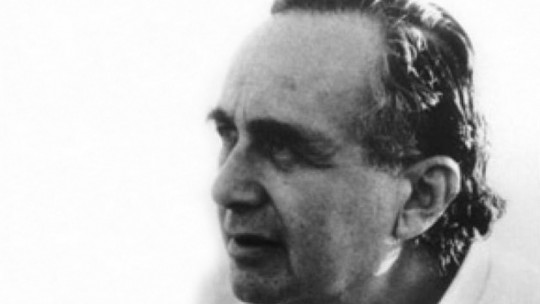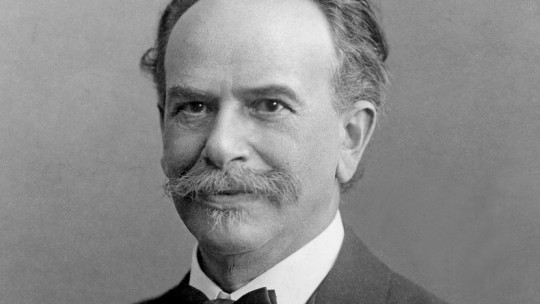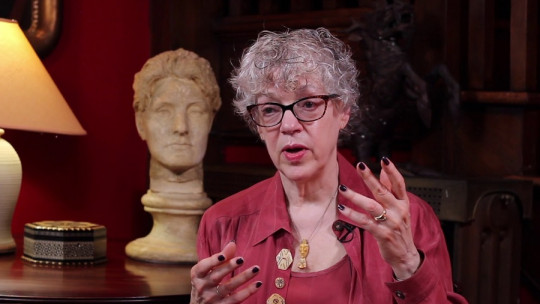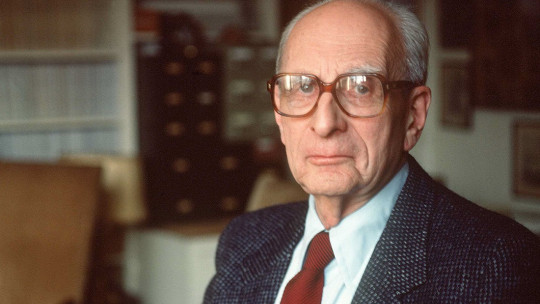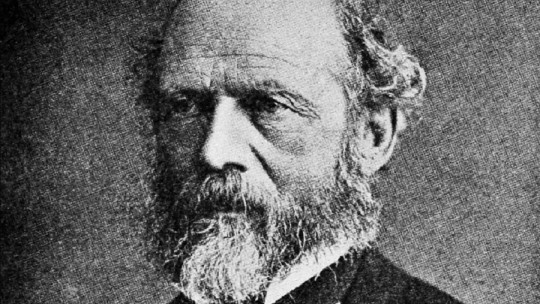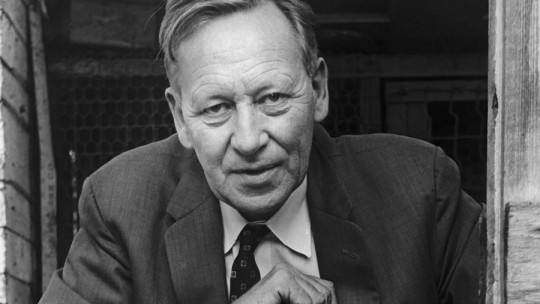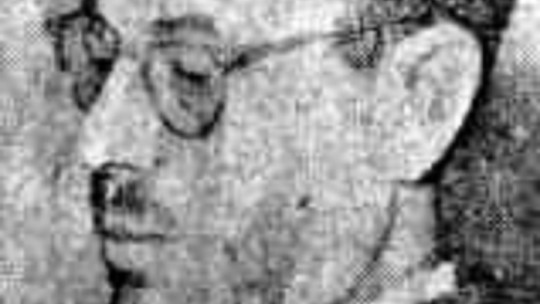
Marvin Opler’s life can be defined, without any doubt, as passionate and exciting. Since his childhood he pursued the dream of becoming an anthropologist, which is why he always harbored a deep respect for human diversity.
That is why the conflicts of the Second World War, which he unfortunately had to live through, awakened in him the unwavering defense of the rights of those who were subjected to the yoke of social injustice. It is a testimony of love for his profession, which still prevails today.
In this Marvin Opler biography We will address the most relevant moments of his professional life, delving into his career as an academic and the work he did as an anthropologist, teacher and social psychologist; in a historical context of special upheaval in which he was immersed to the last consequences.
Brief biography of Marvin Opler
Marvin Opler was a notable American anthropologist and social psychologist born in the city of Buffalo (New York) in 1914. He is known for his contribution to the study of stress attributable to the noise of urban life, as well as for his sponsorship of the social aspect of a psychology anchored in the clinical framework. .
The figure of his older brother, Morris Opler (also an anthropologist), would be important to him, as he transferred his passion for the study of Apache culture to him when he was just a child.
Next we will review the life and work of Marvin Opler, highlighting his great contribution as an anthropologist to the detailed study of American aboriginal cultures, as well as his social perspective on mental health and his contribution to knowledge of the experience of Japanese residents in the United States during World War II (1939-1945). This historical context is key to understanding the way in which the author projected his legacy and understood the society in which he lived.
Academic training
Marvin Opler He began his higher education at the age of 21 in his hometown, Buffalo, but completed it at the University of Michigan He moved there because of his interest in a theoretical convergence of Social Psychology and Anthropology, which in his time was represented by Professor Leslie White, who worked as a teacher there. However, when he earned his degree in social studies, his insatiable thirst for knowledge prompted him to pursue his Ph.D. at Columbia.
It would be precisely at this stage that he would meet Ruth Benedict (president of the American Anthropological Association and a key figure in the study of personality, art and culture) and Ralph Linton (author of classic works such as The Study of Man or the Tree of Culture); and in which he would become a pioneer by making anthropological studies on various practically unknown indigenous tribes for Western society.
In this sense, their contributions to knowledge about the Ute (who lived in the areas of present-day Utah and Colorado, although extending their hunting area to the states of Wyoming and Arizona) and the Paiute (who made their homes in the Colorado River and the southern region of Utah), which earned him his Ph.D. degree from Columbia University in 1939.
Later ethnographic studies
Opler’s work as a researcher resorted to the method of social anthropology, that is, ethnography It is a qualitative design that requires travel to the physical environments from which the sample comes, in order to coexist with the people of interest and assimilate the uses and customs that are their own. It is a participant observation with which to discover and describe cultures other than the one of origin.
With this methodology, he contributed to expanding knowledge about the Apache people (who are currently distributed throughout Oklahoma, Texas and Arizona; in a cultural conglomerate in which linguistic and folklore diversity stands out) and about the indigenous people of the northwestern coasts of Oregon. . For this work, among others, he held the chair of Anthropology at Reed College (a prestigious private university located in southeast Portland).
In 1943, at the height of World War II (1939-1945), He was recruited by the American National War Labor Board, a government agency that pursued the purpose of resolving disputes that arose as a result of the war (in internal/external affairs of the state). Its creation took place during the mandate of President Franklin Delano Roosevelt, this being its second iteration (since the first occurred at the end of the First World War and was dissolved in 1919, almost a year after its conclusion).
Work as an anthropologist at Lake Tule
In the years in which he remained within the National War Labor Board, Marvin Opler He was assigned as a community analyst to Lake Tule (Newel), the site where the largest concentration camp for Japanese at that time would be built (his brother held the same position in Manzanar).
Citizens of Japanese ancestry who resided in the United States during the time of the conflict were held in these facilities (despite the fact that they were born there), amounting to approximately 120,000 inmates (most of them from the continental region). .
In clear opposition to that of other colleagues, Opler developed especially critical work with the treatment these citizens received during his long confinement, recording in detail the life of the place and emerging as a privileged activist for their rights.
At this point he described how many of the Japanese, acculturated for generations by Western influence, recovered some of their ancestral customs in order to restore the dignity that had been taken from them. This phenomenon was coined as cultural revivalism and it was one of the phenomena that Opler would document after his experience in the concentration camp.
He also had time to write numerous works on the implicit effects of racial segregation and even the emotional crises of the Japanese that motivated their renunciation of an identity as Americans. In all of his writings he was very critical of the mass incarceration regime that his country carried out, alluding to xenophobic reasons and not security.
Some of the people who helped Opler in this task were lawyer Wayne Mortimer Collins (a lawyer from Sacramento who had previously been involved in various civil rights causes) and his wife Charlotte (who worked as a nurse in the camp, being the only Caucasian woman who agreed to do so). He went on to establish strong friendships that would last a lifetime, especially with Japanese people who were able to recount his prosocial actions even after his death. In the end they turned out to be artists who fanned the dying flame of Japanese culture after the War.
These activities aroused the suspicion of the FBI, which motivated a detailed investigation into the figure of Opler with the purpose of determining the possible presence of ties with the Communist Party. However, and despite the unfounded accusations of a member of the War Relocation Authority (the agency responsible for locating the Japanese in their respective places of confinement), they were finally dismissed.
The persecution of this agency would not end there, as it would return a few years later, although it never resulted in any conviction. It was an example of the extent to which ideological control of the population was a constant in the United States, even despite claiming to be a land of freedoms.
The figure of Opler is considered today as a reference of what the work of the anthropologists who worked in Lake Tule during those years could have been like, since the majority of them considered the work of confinement that was carried out there to be justified and ethical. There have been many Japanese thinkers who have praised the figure of Opler during the last decades, as an extraordinary bastion of respect for his compatriots in the darkness of that time, rowing against the current in a turbulent time marked by warlike impulses.
Work in the field of social psychiatry
When all the concentration camps were finally closed and the great war ended, Opler dedicated himself to teaching at Stanford and Harvard universities (for the Anthropology and Sociology departments). However, it was from 1952 onwards that he began to develop important work related to the area of mental health, at the Midtown Community Mental Health Research Study. He remained in this position until 1960, publishing his conclusions from the experience a couple of years later.
In his work, aimed at the inhabitants of this area of New York, highlighted the search for individual differences in the expression of schizophrenia attributable to the cultural substrate from the patients; Therefore, his function in the field of health pursued the aspirations that motivated him to study Anthropology as a young man.
Opler died in 1981 of a heart attack, a year after his wife died (from whom he separated in 1970), without seeing his last and most relevant contributions in this field published.
He is remembered as one of the authors who contributed most to the development of Social Psychology, especially as a result of the more than 200 texts he published during the almost 25 years in which he was a professor at the University of Buffalo (where he began and ended his academic life). There he would work from 1958 until the end of his days, holding the position of Professor of Anthropology for a few years (1969-1972).
Research interest of Marvin Opler
Marvin Opler published very different works throughout his life, all of them on Anthropology and Social Psychology.
Regarding the first of them, he addressed issues such as the acculturation of the towns (loss of popular traditions due to the influence of an external culture) or the rituals of the Ute and the Apache (including the shamanic analysis of one’s own dreams, which resembled to the method of psychoanalysis without there having been contact with him). She was also interested in the social role of women and wrote extensively about his experiences in the Tule Lake concentration camp.
Regarding Social Psychology, He was interested in a sociocultural delimitation of mental health, the use of psychoactive substances for ritual purposes, the prevention of psychological disorders and the way in which international conflicts could contribute to the emergence of problems such as violence and suicide. In this way, he focused his vision of mental health on the social sphere, with works that are still references in this field today, showing that even in well-being of this type it is not a pure question of the proper functioning of the body as an individual entity, but rather which also has to do with what happens in the environment.

